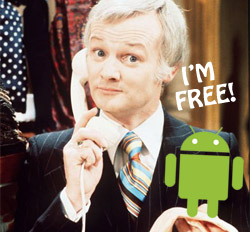 A new study looking at the percentage of free apps available on leading smartphone platforms has found that Android has the highest proportion of apps available for free download – by a considerable margin.
A new study looking at the percentage of free apps available on leading smartphone platforms has found that Android has the highest proportion of apps available for free download – by a considerable margin.
The report by analytics firm Distimo looked at the the major app stores in May 2010, and covered Apple’s App Store for the iPhone, Apple’s App Store for the iPad, RIM’s BlackBerry App World (worldwide), Google’s Android Market, Nokia’s Ovi Store, Palm’s App Catalog, and Microsoft’s Windows Marketplace for Mobile.
Android for the freebies
The Google Android Market had the largest percentage share of free applications on offer (57%), followed by the Palm App Catalog (34%); Apple App Store – general (28%); Blackberry, Apple App Store – iPhone and Nokia Ovi (all on 26%); Apple iPad (23%) and right at the back of the queue, Windows Marketplace with just 22% of free apps.
More free apps overall on the iPhone
Of course, there’s far more apps available on the iPhone platform overall, and a quick bit of back-of-the-fag-packet calculating would suggest that the actual number of free apps available on both platforms are going to be quite similar (give or take the odd thousand).
That said, we wouldn’t be surprised to see the Android platform eventually eclipse the iPhone for the sheer number of free apps in the future.
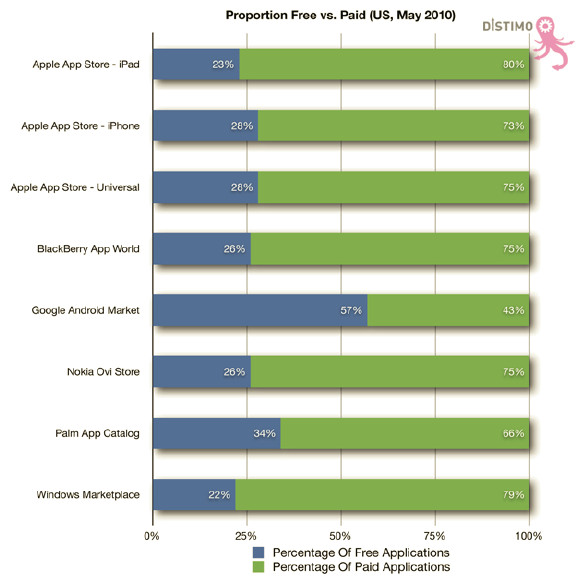
Here’s the main points from Distimo’s report:
- More than 50% of applications are priced below or equal to $2.00 in all stores, with the exception of BlackBerry App World and Windows Marketplace for Mobile.
- The average price of all paid applications and the 100 most popular paid applications in the Apple App Store for iPad ($4.65) is higher than in the Apple App Store for iPhone ($4.01). However, the average price of the 100 top grossing applications is higher on the Apple App Store for iPhone.
- Google Android Market has the largest share of free applications (57%) and Windows Marketplace for Mobile has the smallest (22%).
- Twitter, Inc. published their native application in the Apple App Store and Google Android Market, becoming the monthly number 10 free application in the Apple App Store for iPhone, and the number 6 free application in Google Android Market.
- Nine out of the ten most popular free applications and eight out of ten most popular paid applications in the Apple App Store for iPhone are games.
- In the competitive e-reader market, both the iBooks application by Apple, Inc., and the Kindle application by Amazon.com are ranked among the 10 most popular free applications in the Apple App Store for iPad. Apple’s application is ranked number one however, and Amazon’s application is ranked number ten.
- Five out of the ten most popular free applications in Windows Marketplace for Mobile are published by Microsoft Corporation.
You can download the report for free here.
[Via]
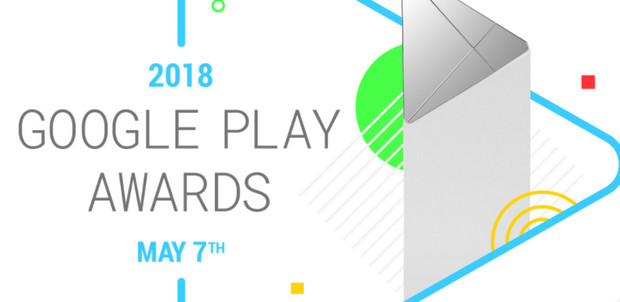
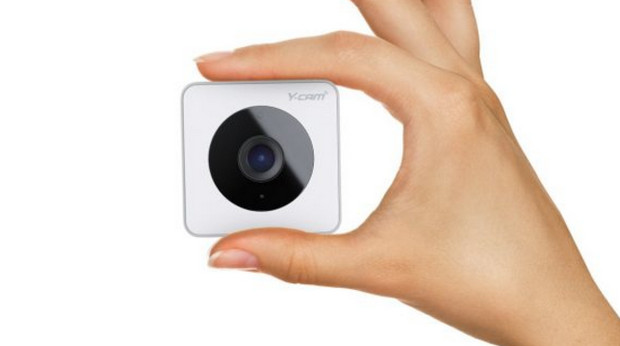
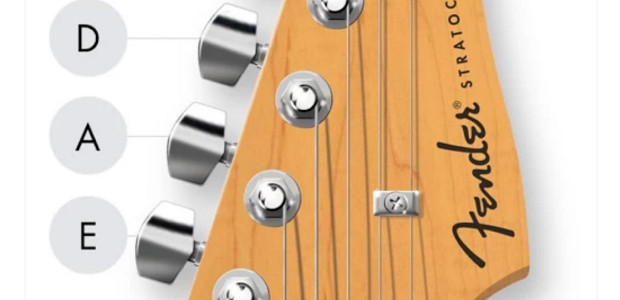
Nice job summarizing and spreading a meaningless comparison. So is this report intentionally misleading people, or is that just inadvertent? Relative percentages (in this context) mean nothing when the total app counts differ.
What’s the total app count for either platform? Even if the iPhone only has twice as many apps, that would make the actual number of free apps for the two equal. Let’s generously say the Android has 100,000 apps available. Note that this skews the comparison in its favor.
Choices: iPhone vs Android
Total apps: 220,000 vs 100,000
Percentage free: 25% vs 50%
Quantity free: 55,000 vs 50,000
A much more relevant number to look at, though, would be the number (not percentage) of apps that are genuinely useful on the respective platforms. If one wants to try to be objective, that is.